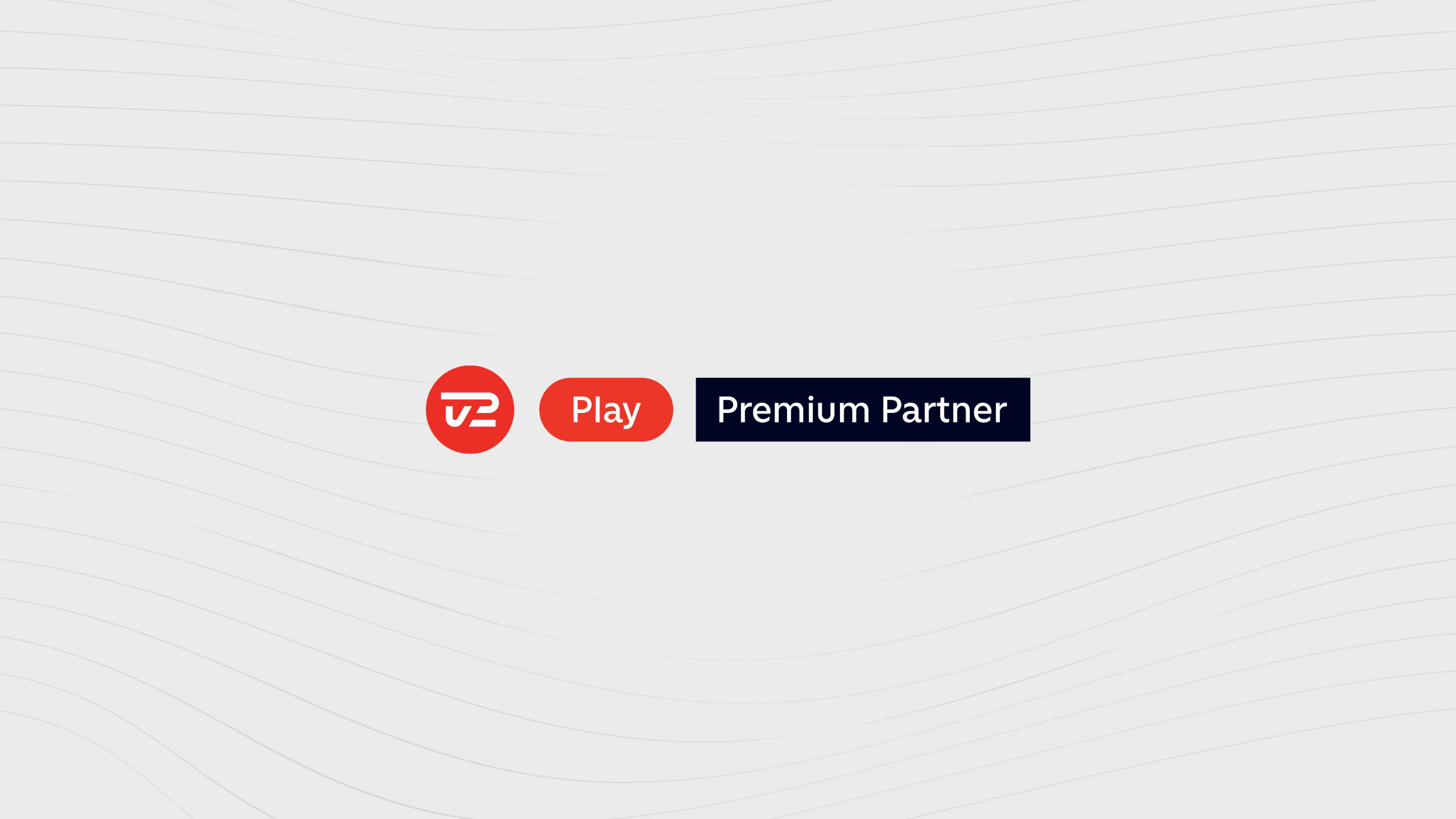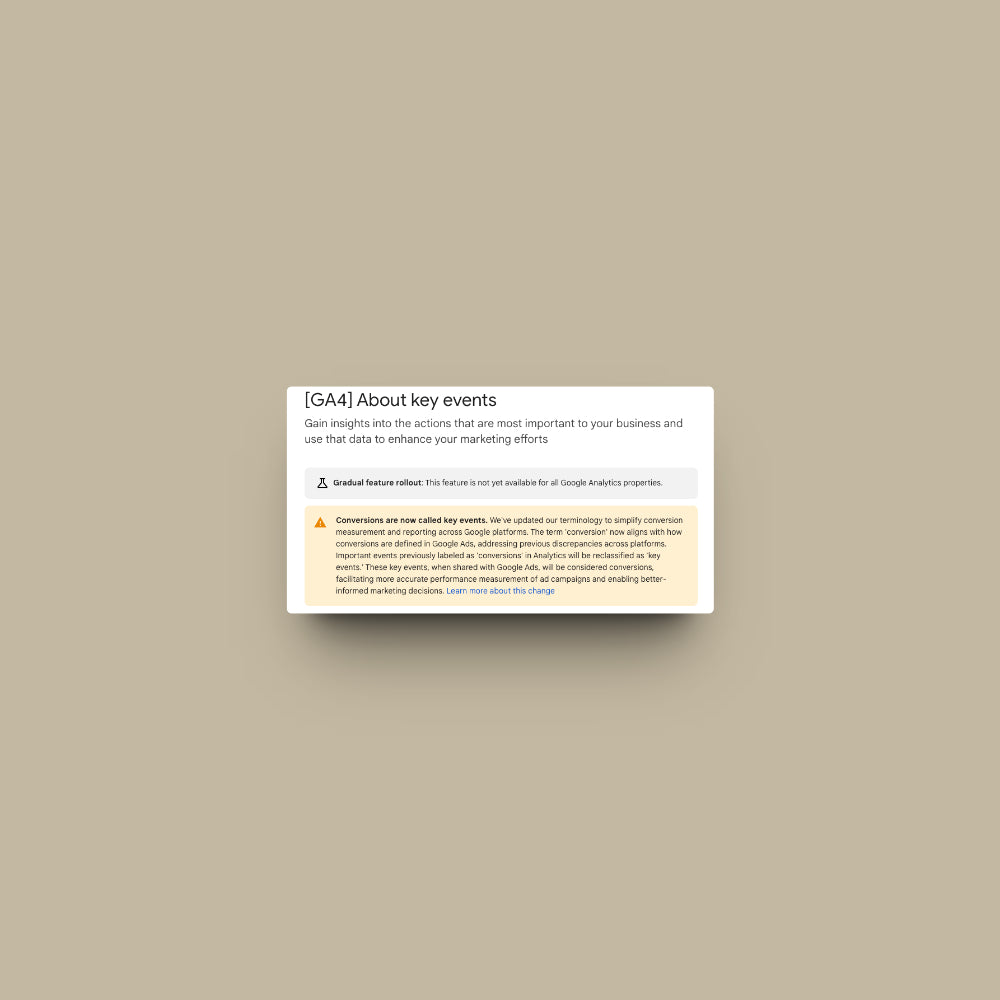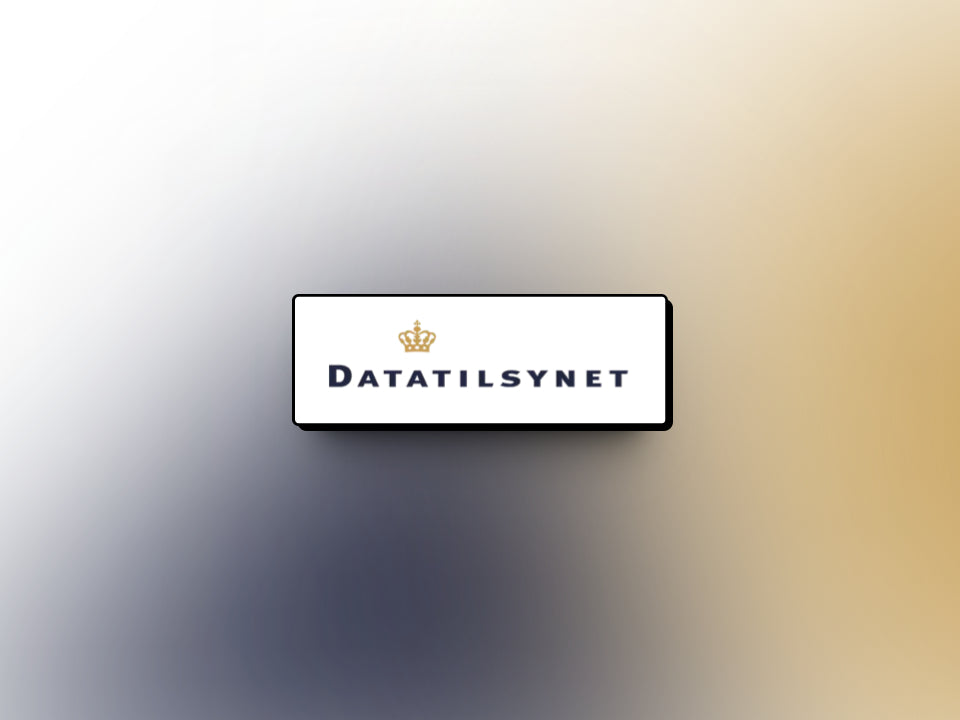The famous 70% lasts for ten years
Around 70% of all customers who have put something in the basket and gone to checkout in an online store do not complete the purchase. If you look at the statistics that have been made in this area since 2013, the dropout rate has been roughly the same across industries and markets. Although we are well aware that part of the 70% abandonment is due to the customers' browser mode - for example, that the customers add to the basket to save the products for later purchase or add to the basket to compare prices with other sites - as an agency we use a lot time to analyze and test how we can improve this famous 70%.
Seen from above, the opportunities to gain ground on conversion optimization have never been better, partly because customers are getting better and better at shopping online and partly because online shoppers both at home and abroad are constantly raising the bar for how good an experience customers can have when they choose to shop online. But since the abandonment rate in the basket stubbornly sticks to the same level, logic dictates that there may be something besides the usual "abandonment agents", such as too high shipping prices or that you are required to create an account before you can pay, are also factors to overcome.
The right design, the right language and the right amount of functionality
Over the years, we have worked with a multitude of e-commerce customers both - from the largest in Denmark to probably some of the smallest. The experience we have has therefor built up, combined with a recent analysis of the checkout process at 97 selected Shopify shops, has identified some general as well as some more detailed indications of what more or less always has a positive effect on the conversion rate and, and on the flip side, also what always has a negative effect and therefore contributes to the 70% abandonment in the checkout..
And let's jump right to it. It is very clear that there is a difference between Shopify shops with checkout flows that are standard for the market in which they are used, and Shopify shops with checkout flows that have some form of market adaptation. If the basket or box is adapted to the market in which the shopping customer is, then the abandonment is significantly lower than 70% - in some cases as low as 30%. More specifically, this is the combination on the basket or checkout or in One Page Checkout of the following:
-
The right design
-
The right language
-
The right amount of functionality
-
The right communication
-
The right currency for the market the customers are in
It may seem obvious on the surface that the checkout flows that have received more love and consideration than what a standard adaptation in Shopify offers work best, but the standardized checkout flows in Shopify are now so thoroughly tested that they can even be quite difficult to beat with custom designs, which is especially true after Shopify One Page Checkout came into the world.
The checkout flow is a vulnerable step
Before we get to how you can get a customized checkout flow in Shopify, which goes beyond the customizations that are already possible, it makes sense to round up why basket, checkout and payment in an online store are so important for whether customers buy or join the 70% apostates.
When you, as an e-commerce customer, come to the checkout and have to pay for your goods, it is the culmination of a shopping trip, where a lot of energy, time and often a lot of emotion may have been put into it. That is why, we would think, the most vulnerable step, where customers' enthusiasm can easily be extinguished if something feels wrong, distracting or simply doesn't work. Therefore, the checkout flow is important and perhaps the most important parameter for the actual purchase to happen or not.
The optimal checkout flow
We specialize in Shopify and we can also be described as Shopify fans, so the following is probably not completely impartial - just so that warning has been given. The data available from a simple Google search shows that Shopify does not generally perform better than other platforms in terms of abandonment rate in the checkout. However, it is our belief that the potential to effectively create a significantly lower dropout rate without having to do major design and functionality tests is right there on Shopify.
It is possible via special and not yet well-known apps with a little good coding to create a completely market-adapted checkout flow on Shopify, where payment and shipping options as well as graphic elements and communication are automatically controlled, designed and placed based on the customer's location. Customers simply dynamically see different payment methods, different icons, different denominations, different locations and of course different currencies in the basket according to what converts best in the market in question.
And here comes the above conclusion regarding the combination of the right design, the right language, the right communication and the right amount of functionality into the picture. You don't have to offer 10 different payment or shipping methods in a given market in order to embrace all customers' preferences. You have to offer those that customers use most in the market and at the same time let the checkout flow dynamically present the options that customers in the market in question are most familiar with in priority order.
For all tiers
Normally, only Shopify Plus customers are allowed to change the design, text placements and functionality in the basket to the extent described here, but regardless of the size of the shop, it can be done. In addition, you can develop dynamic USPs and possibly a free shipping limit in both the basket and at the checkout, which is also adapted to the individual customer. If you are a Shopify Plus customer, another exciting layer can be added, which also very clearly increases the number of conversions and basket sizes. That layer is the post purchase upsell, where customers, after checkout, but while they are still in the checkout, are shown products that match what they have already bought, with the possibility of a quick loop purchase with a single click.
Conclusion
We are concerned with gaining an understanding of how to continuously lower the famous 70% abandonment rate from checkout and at the same time generally raise the standard of e-commerce travel. There are many answers and many steps along the way, but a valuable conclusion is that the combination of the right design, the right language, the right communication and the right amount of functionality in the checkout flow, appropriate for the market, makes a significant difference. And it is our assessment that this difference can be quickly and cost-effectively realized via Shopify. It is therefore not a major sweeping operation to code and configure yourself for an optimal checkout flow, which can realize a large conversion potential.
The 70% don't get 10 more years!





